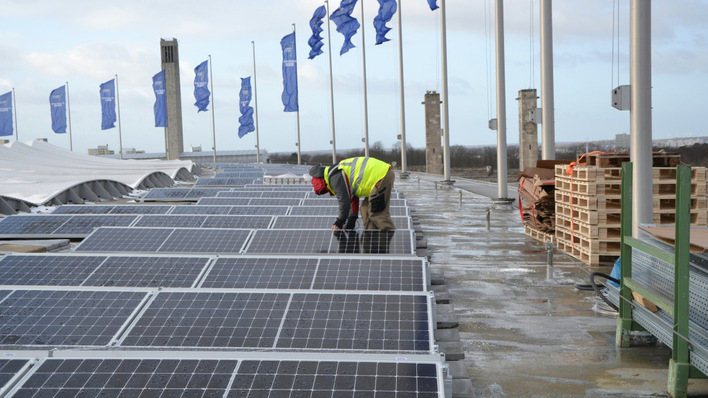Aurora Solar, a provider of solar design and sales software, presents a significant update to its HelioScope platform. The new feature, named HelioScope Similar Obstruction Detection, is powered by Aurora's proprietary AI technology. This innovation is designed to streamline the process of identifying areas on rooftops where solar panels cannot be installed due to obstacles such as skylights, vents, or other structural hindrances. It is particularly well-suited for large-scale commercial and industrial solar projects.
See also: Mapping global rooftop growth for better planning of decentralized PV
As solar projects grow in scale and complexity, integrating various rooftop obstructions into the planning phase has become increasingly challenging. Traditionally, identifying and setting up exclusion zones around these obstacles has been a labour-intensive, manual process, often extending the project timeline and reducing overall efficiency. HelioScope Similar Obstruction Detection addresses this issue by significantly reducing the time required to detect and manage rooftop obstructions, thereby optimizing the planning workflow.
Also interesting: DNV launches solar resource compass for Europe
This new AI-based feature marks the first of its kind for large commercial and industrial solar projects. By automating the detection and zoning process, HelioScope allows solar developers and EPC (Engineering, Procurement, and Construction) companies to expedite their project timelines. What once took 10-15 minutes can now be accomplished in just 10-15 seconds, enhancing both efficiency and project turnaround times. This advancement in solar planning technology enables professionals to focus more on revenue-generating tasks and produce a higher volume of project proposals. (mfo)








